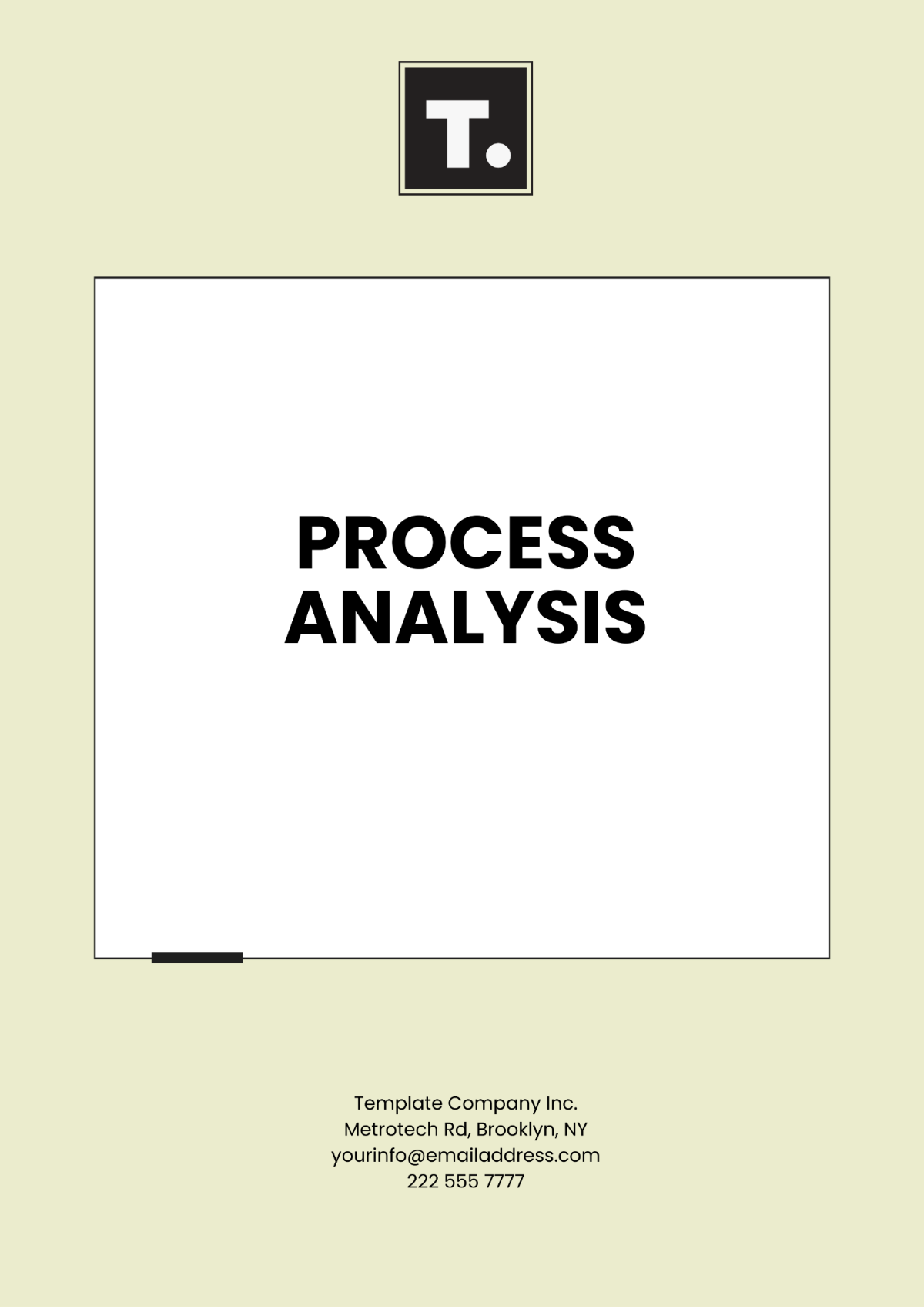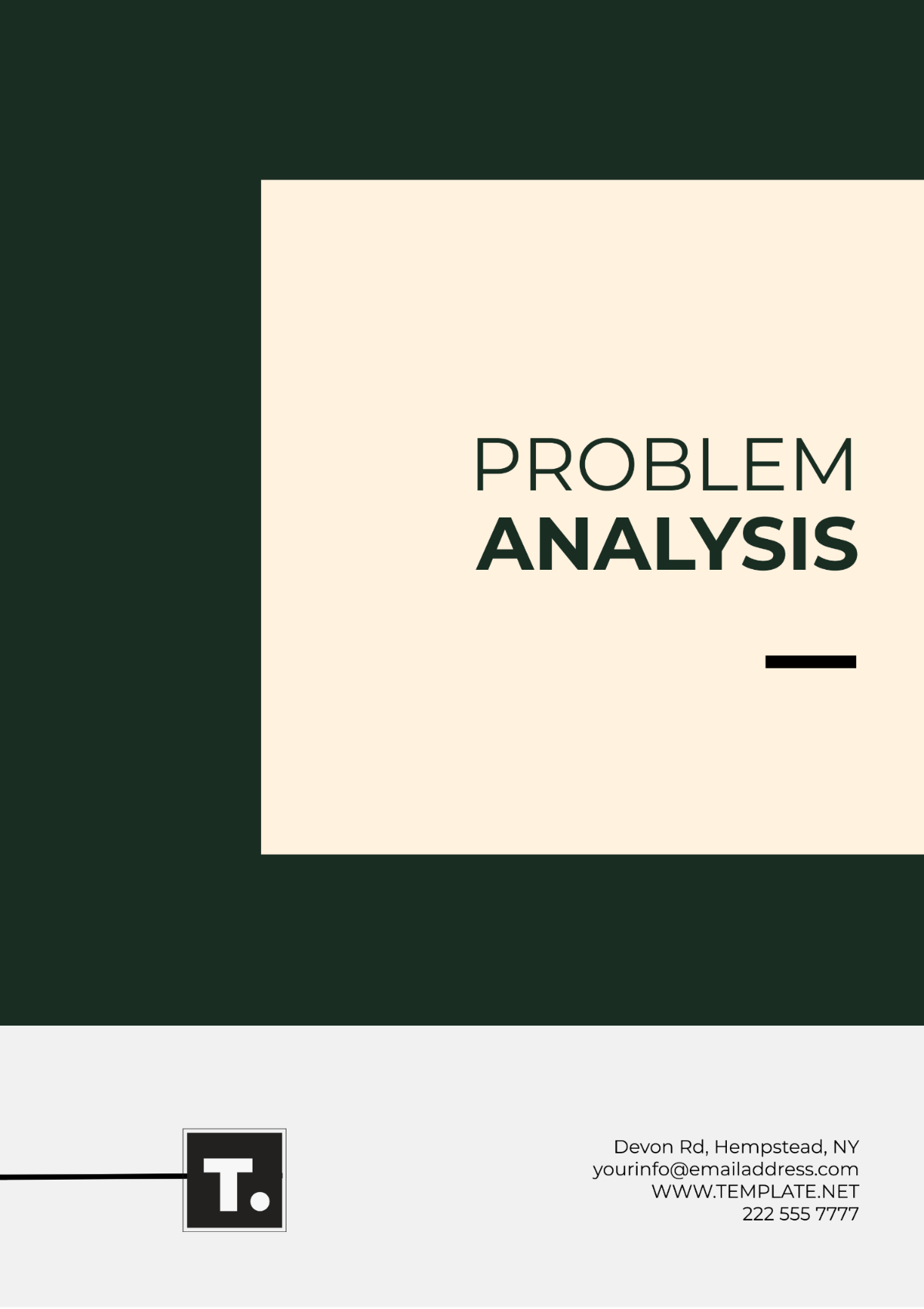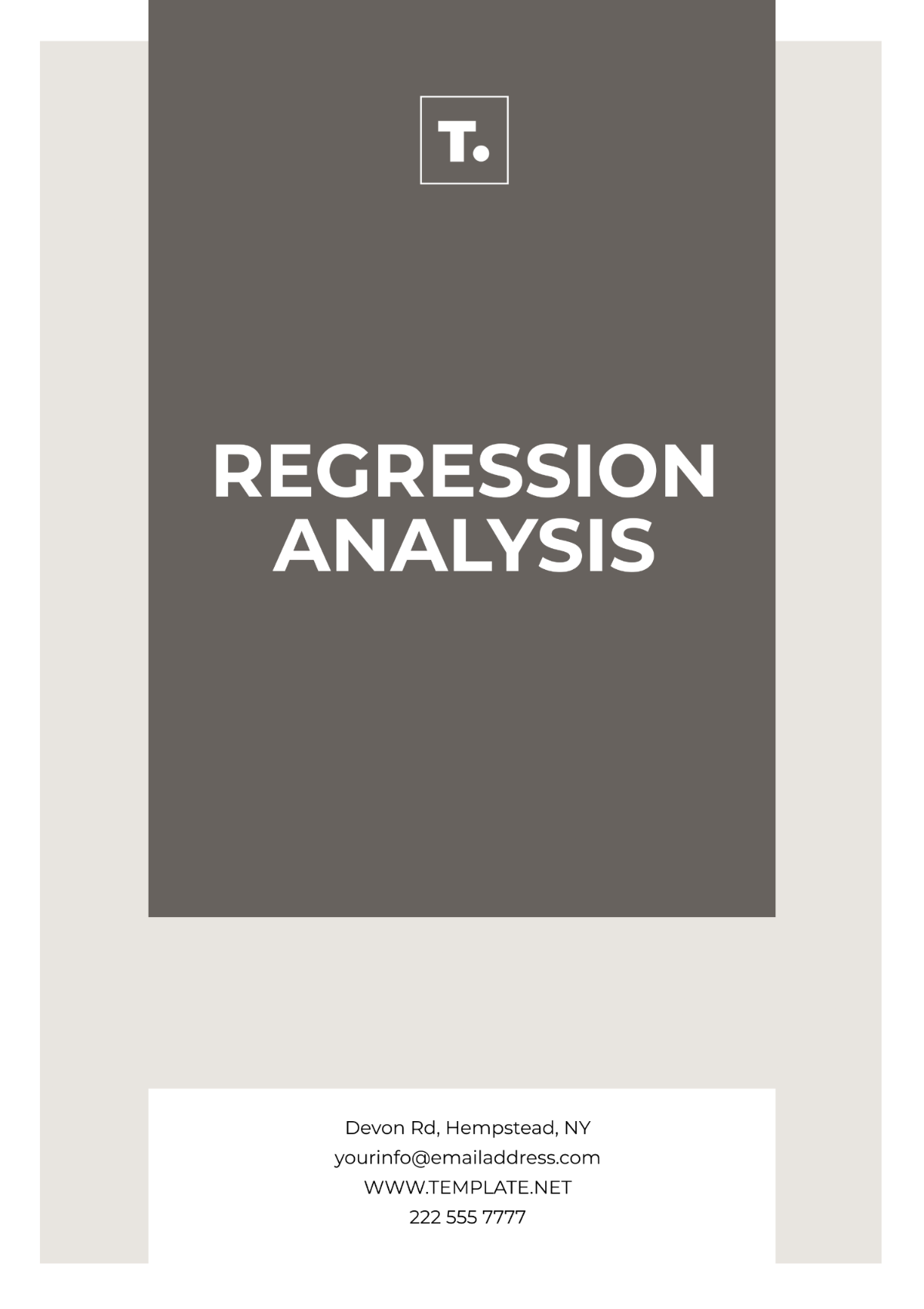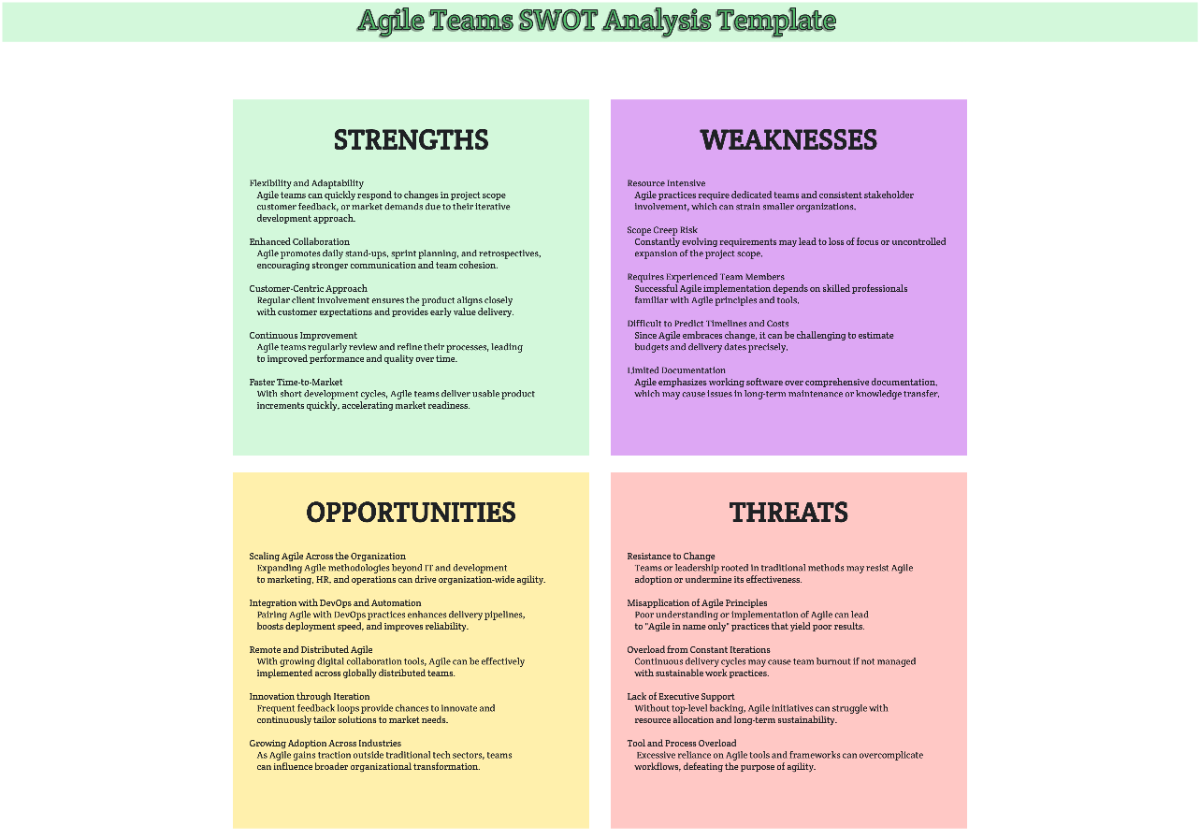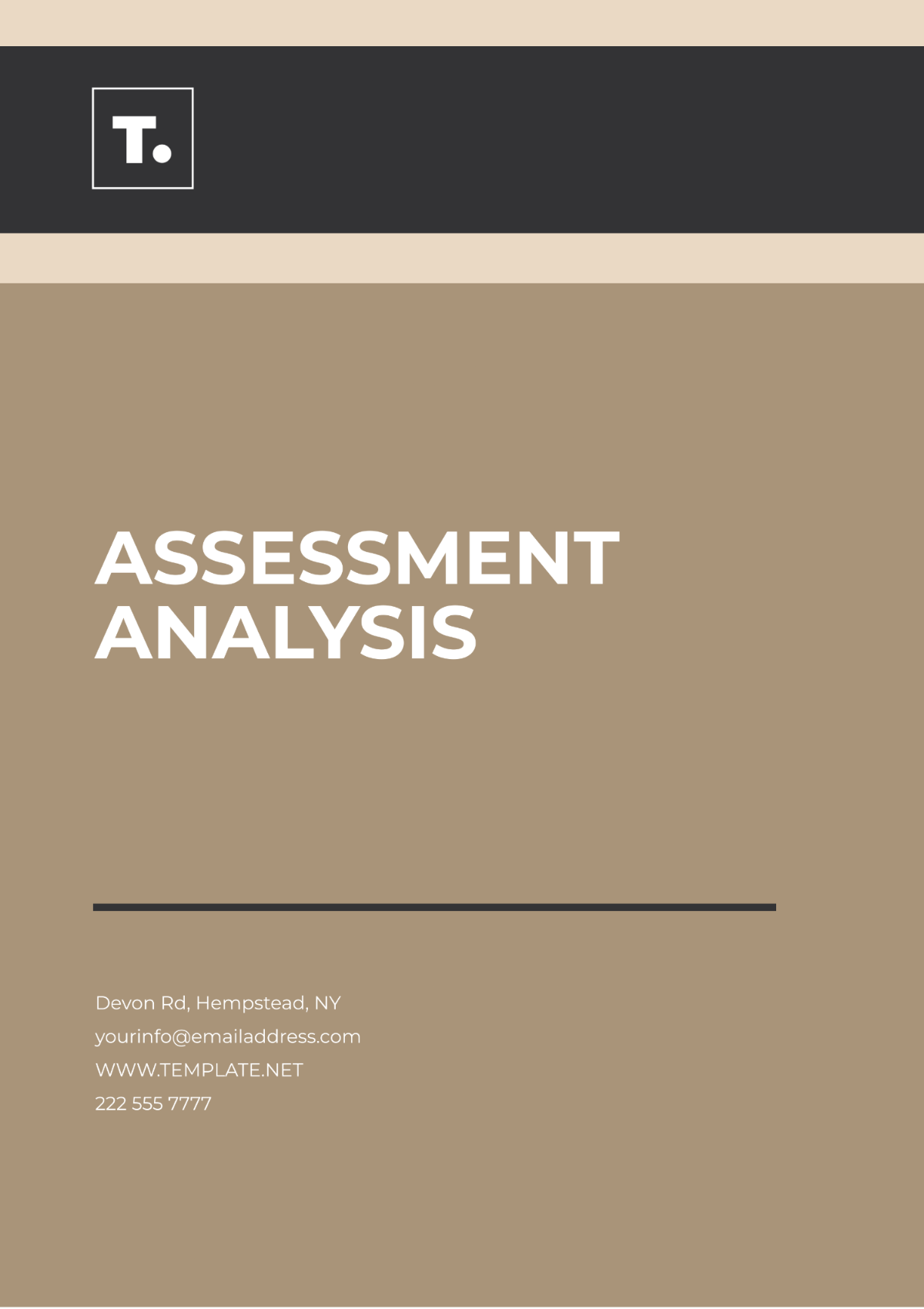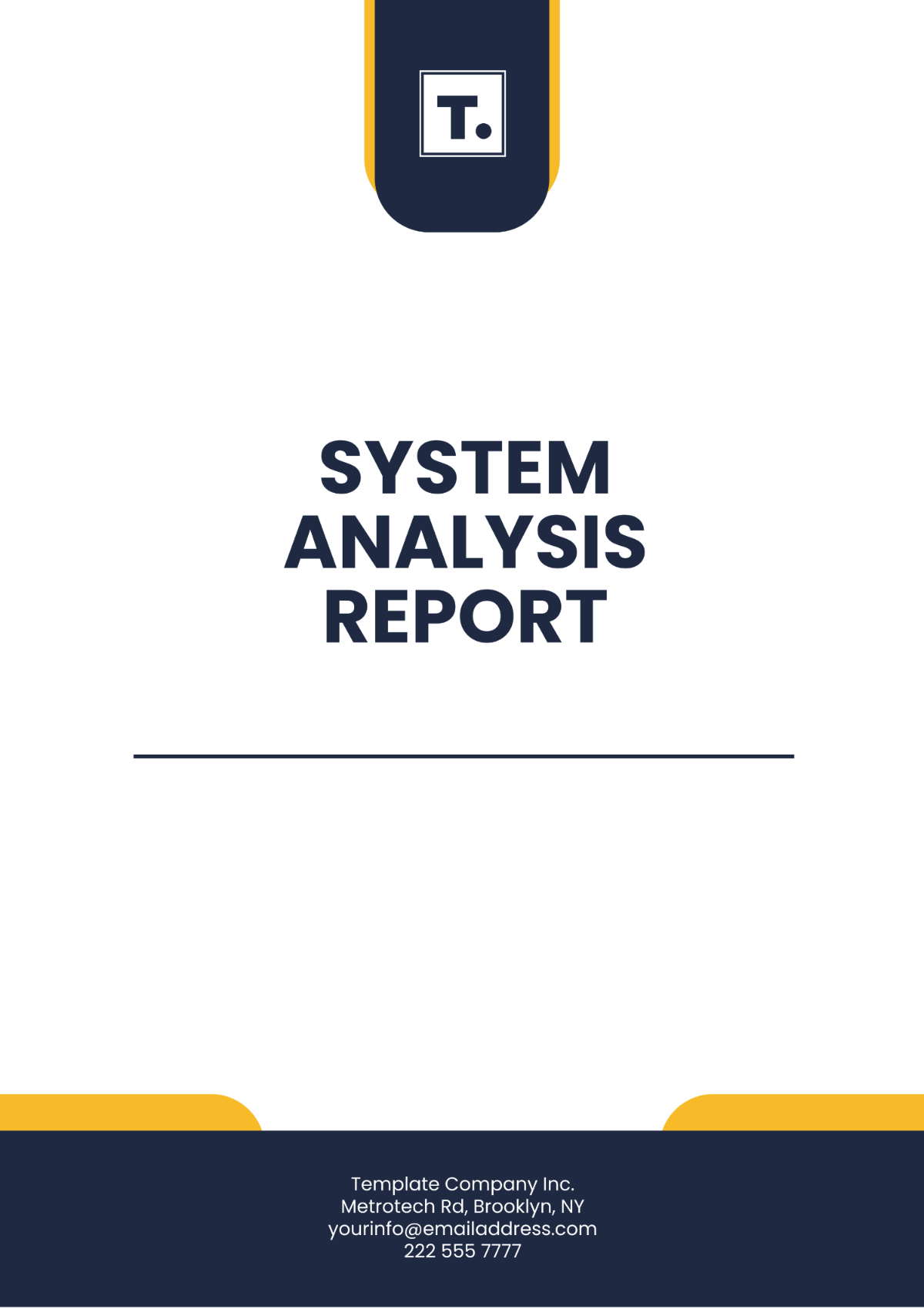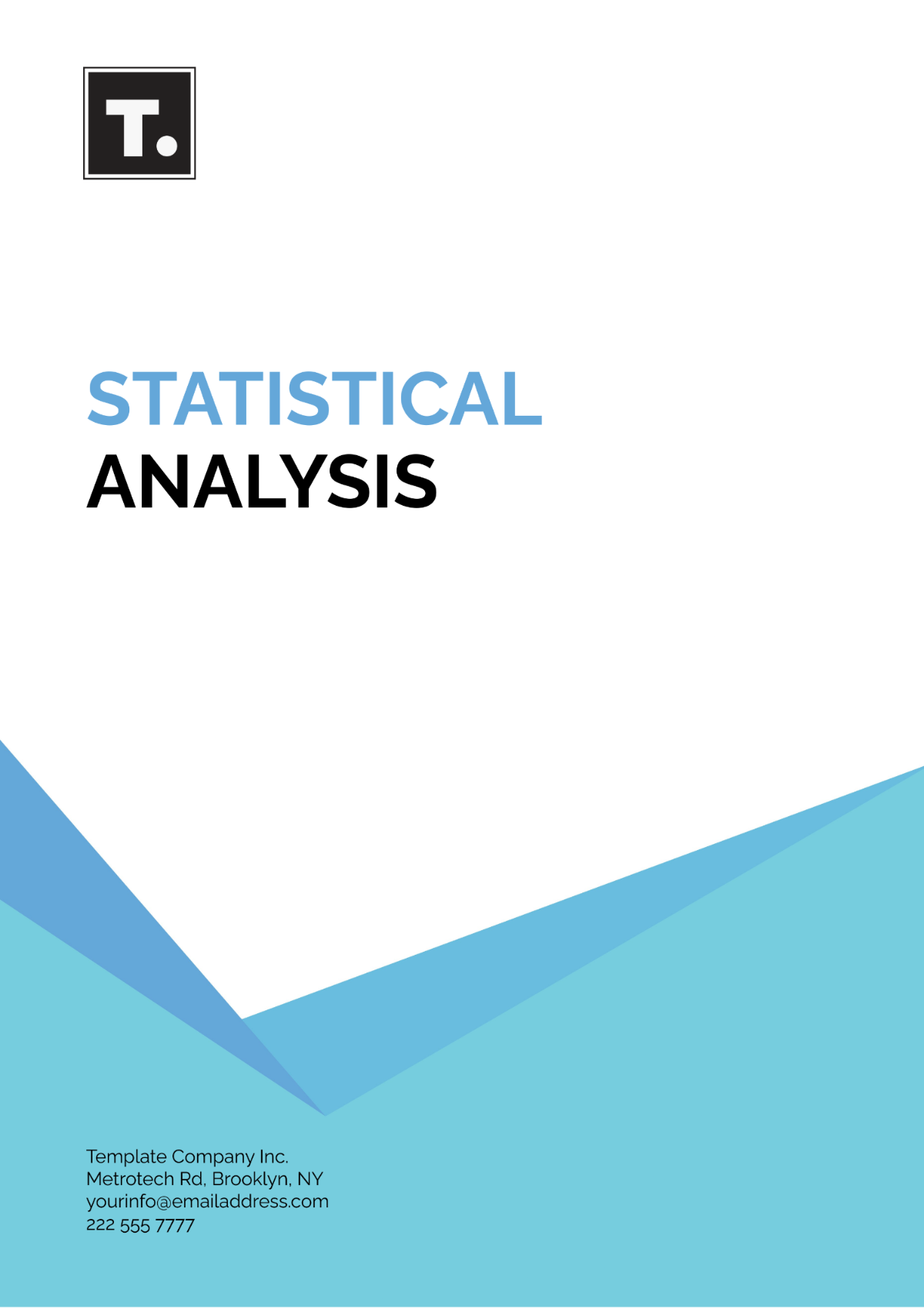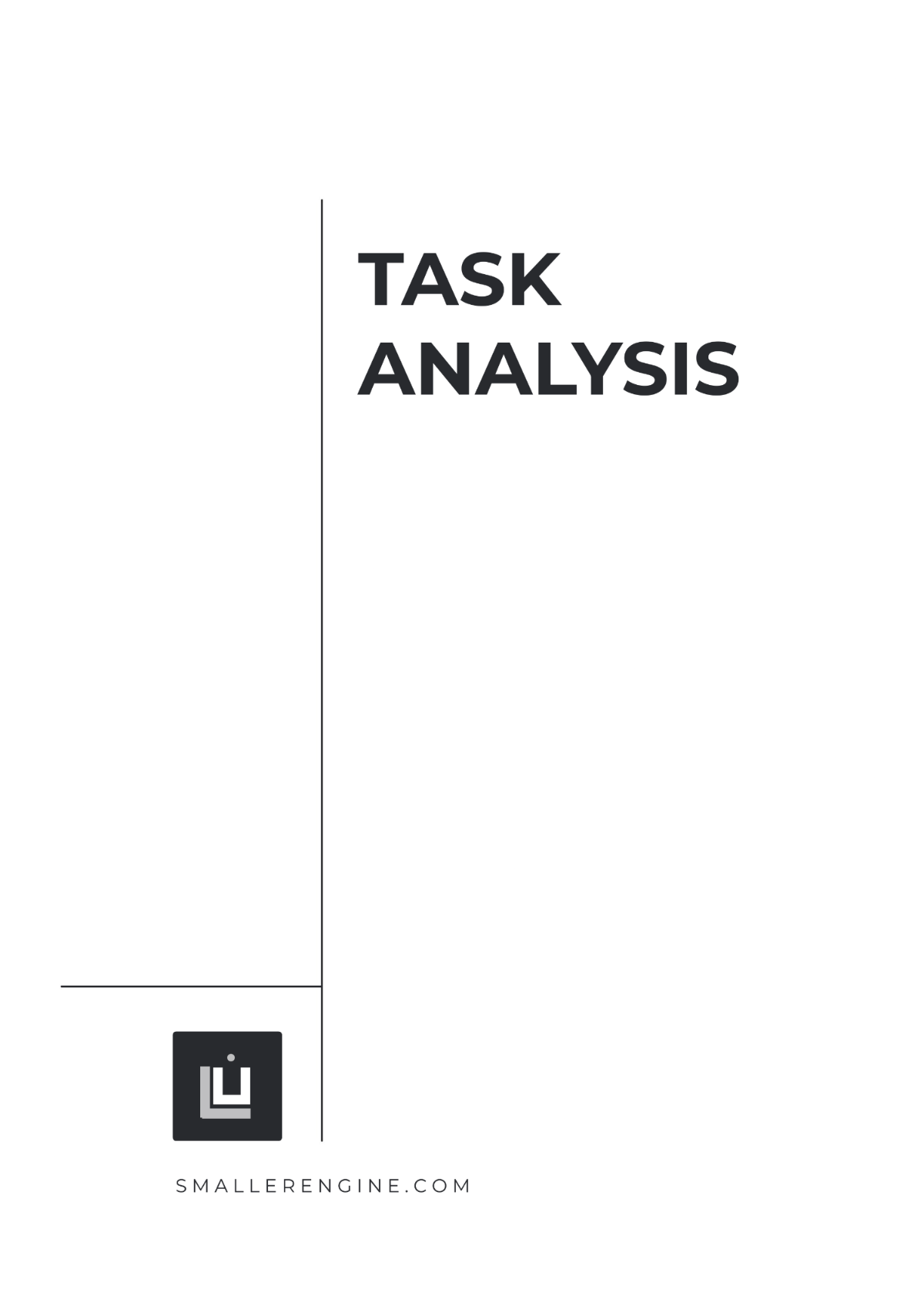Beginner’s Guide to Thematic Analysis
Prepared By: [Your Name]
Date: [DATE]
I. Introduction
Thematic analysis is a qualitative research method that is widely used to identify, analyze, and report patterns (themes) within data. It is a flexible approach that can be applied across a variety of research topics and disciplines. This guide aims to provide beginners with a comprehensive understanding of thematic analysis, including its key steps and how to effectively apply them.
II. Understanding Thematic Analysis
A. What is Thematic Analysis?
Thematic analysis is a method used for systematically identifying, organizing, and offering insight into patterns of meaning (themes) across a data set. It minimally organizes and describes your data set in rich detail. Thematic analysis is not just a single approach but rather a set of related processes underpinned by various philosophical and epistemological positions.
B. Importance of Thematic Analysis
Thematic analysis is important because:
It provides a rich and detailed yet complex account of data.
It is accessible to researchers and can be applied in different fields.
It helps in finding repeated patterns of meaning, which are crucial for understanding qualitative data.
III. Steps in Conducting Thematic Analysis
A. Familiarization with Data
Before coding starts, it is important to become thoroughly familiar with the data. This involves reading and re-reading the data and noting down initial ideas.
Actions | Details |
|---|---|
Transcribing data (if necessary) | Convert audio/video data into text for easier analysis. |
Reading and re-reading the data | Go through the data multiple times to gain a deep understanding. |
Noting initial ideas | Jot down any early thoughts or impressions. |
B. Generating Initial Codes
After becoming familiar with the data, the next step is to start coding. Coding reduces lots of data into small chunks of meaning. Codes are more precise than themes, which often lead to themes.
Actions:
Identify segments of data that seem interesting or relevant.
Create codes for each segment; these might be words or short phrases that describe what the segment of data is about.
C. Searching for Themes
Once you have coded your data, the next step is to start identifying themes. A theme is a pattern that captures something significant or interesting about the data and/or research question. While coding, note which codes combine to form overarching themes and sub-themes.
Actions:
Collate all codes and data relevant to each potential theme.
Consider how different codes may combine to form an overarching theme.
Group codes into potential themes and sub-themes.
D. Reviewing Themes
Reviewing themes is a two-phase process: ensuring that themes work in relation to the coded extracts and the entire dataset.
Phase | Actions |
|---|---|
Phase 1 | Review coded extracts to ensure themes fit well and reflect meaningful data patterns. |
Phase 2 | Review themes in relation to the entire dataset to ensure they tell a coherent story. |
E. Defining and Naming Themes
In this step, you define and further refine the themes you will present in your analysis. Provide detailed analysis and think about how each theme relates to the broader topic.
Actions:
Identify the essence of what each theme represents.
Write a detailed analysis of each theme.
Decide on an informative name for each theme.
F. Producing the Report
The final step involves weaving together the analytic narrative and vivid data extracts to tell a coherent and persuasive story about your data. The goal is to provide a compelling narrative that addresses the research question and objectives.
Steps to produce a report:
Introduce your themes and their context.
Describe each theme in detail with supporting data extracts.
Draw together conclusions that align with your research questions.
IV. Challenges and Solutions in Thematic Analysis
A. Common Challenges
Some common challenges faced during thematic analysis include:
Overwhelming volume of data
Difficulty in choosing relevant codes
Ensuring consistency in coding
B. Solutions
Challenge | Solution |
|---|---|
Overwhelming volume of data | Break down the data into manageable chunks and focus on sections relevant to your research question. |
Difficulty in choosing relevant codes | Start with broad codes and refine them. Always revisit and revise codes as you progress. |
Ensuring consistency in coding | Use a coding framework or codebook and involve multiple coders to check for consistency. |
V. Conclusion
Thematic analysis is a valuable method in qualitative research, providing structured and insightful analysis of data. By following the steps of familiarizing with data, generating initial codes, searching for themes, reviewing themes, defining and naming themes, and producing the report, researchers can uncover deep insights from their data. Though there may be challenges along the way, careful planning and a systematic approach can help overcome them.





